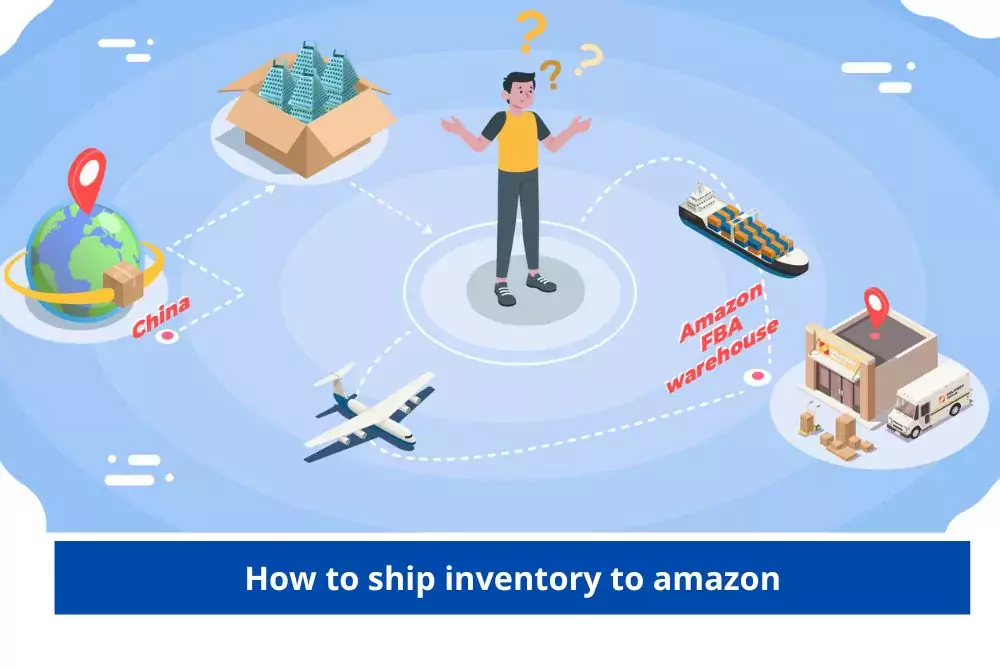How to ship inventory to amazon

Are you a budding entrepreneur looking to scale your business on Amazon? One crucial aspect you can’t afford to overlook is the efficient shipping of your inventory to Amazon warehouses. In this comprehensive guide, we’ll walk you through the entire process, ensuring your products reach Amazon in optimal condition and your business thrives.
The Basics: Understanding Amazon’s Requirements
Before diving into the shipping process, familiarize yourself with Amazon’s guidelines for packaging and labeling. This knowledge will set the foundation for a smooth and error-free shipping experience.
Step 1: Prepare Your Inventory
Gather all your products and organize them systematically. Ensure each item is labeled with a scannable barcode, complying with Amazon’s labeling requirements. This step is crucial for accurate tracking and inventory management.
Step 2: Choose the Right Shipping Method
Decide whether to fulfill orders yourself or opt for Amazon’s Fulfillment by Amazon (FBA) service. Evaluate the pros and cons of each method to determine what suits your business model best.
Step 3: Packaging Perfection
Invest in sturdy, reliable packaging materials to safeguard your products during transit. Proper packaging not only protects your inventory but also reduces the likelihood of damage.
Step 4: Labeling Precision
Accurate labeling is paramount. Follow Amazon’s guidelines for labeling packages with shipping labels and barcodes. This ensures your inventory seamlessly integrates into Amazon’s fulfillment network.
Step 5: Booking a Carrier
Choose a reliable carrier that aligns with your budget and timeline. Confirm the shipping details, including delivery times and tracking information, to keep tabs on your inventory’s journey.
Frequently Asked Questions (FAQs):
Q1: Can I use my own packaging for FBA?
Yes, you can use your packaging, but it must meet Amazon’s packaging requirements for FBA shipments. Ensure it’s durable and protects the products effectively.
Q2: What happens if my inventory gets damaged in transit?
If your inventory is damaged, report it to the carrier immediately. Additionally, review Amazon’s reimbursement policies for damaged or lost inventory.
Q3: How does Amazon handle returns?
Amazon manages the return process for FBA orders. They inspect returned items, and if they meet the criteria, they’re added back to your sellable inventory.
Conclusion:
Mastering the art of shipping inventory to Amazon is a game-changer for your e-commerce success. By adhering to Amazon’s guidelines, choosing the right shipping method, and ensuring precise packaging, you pave the way for a seamless and profitable journey. Elevate your business on Amazon by mastering the logistics of inventory shipping.



